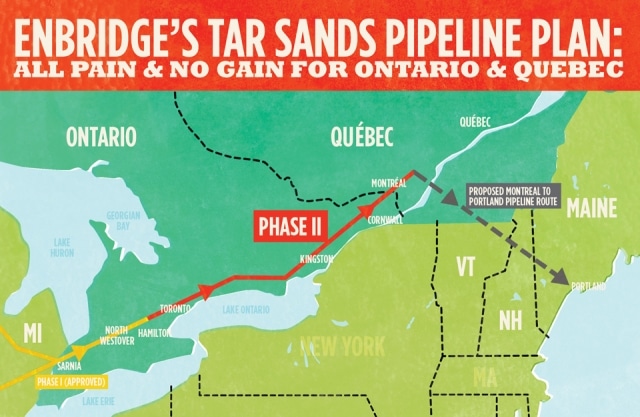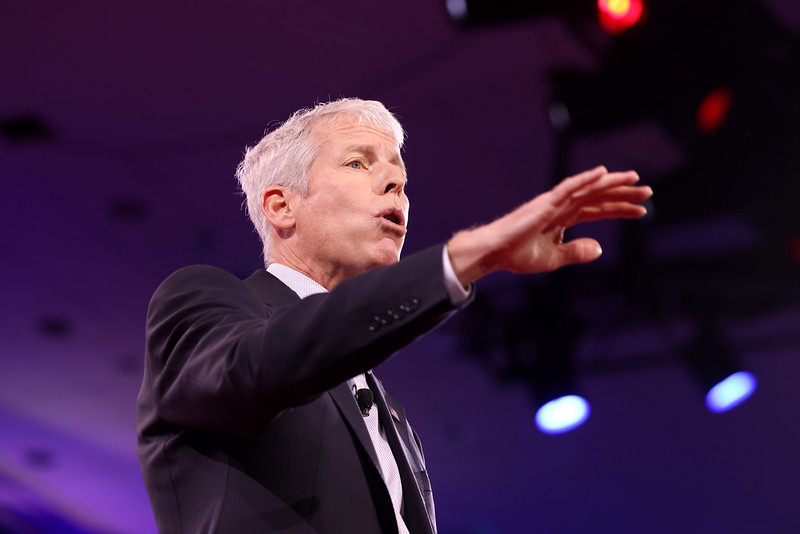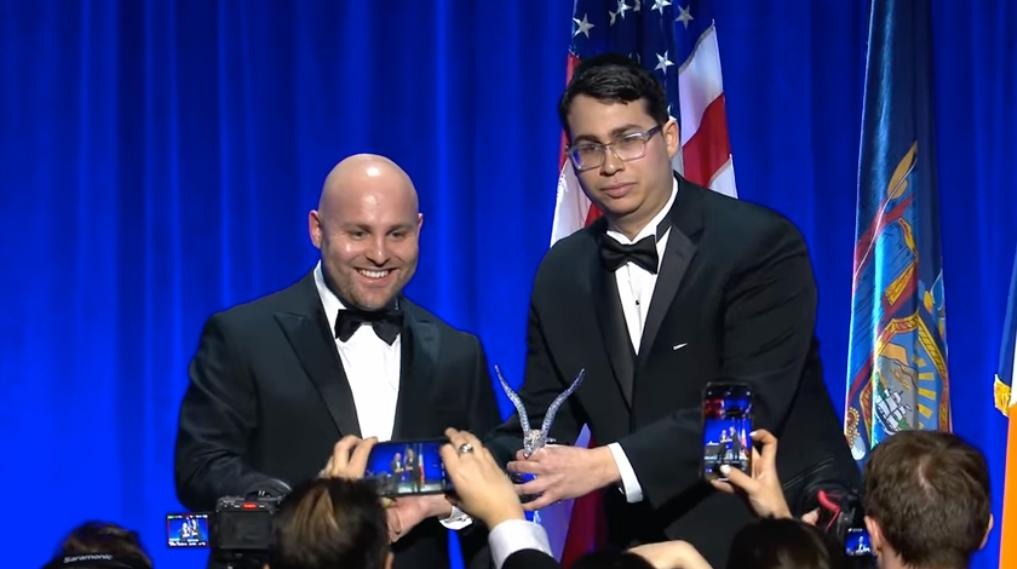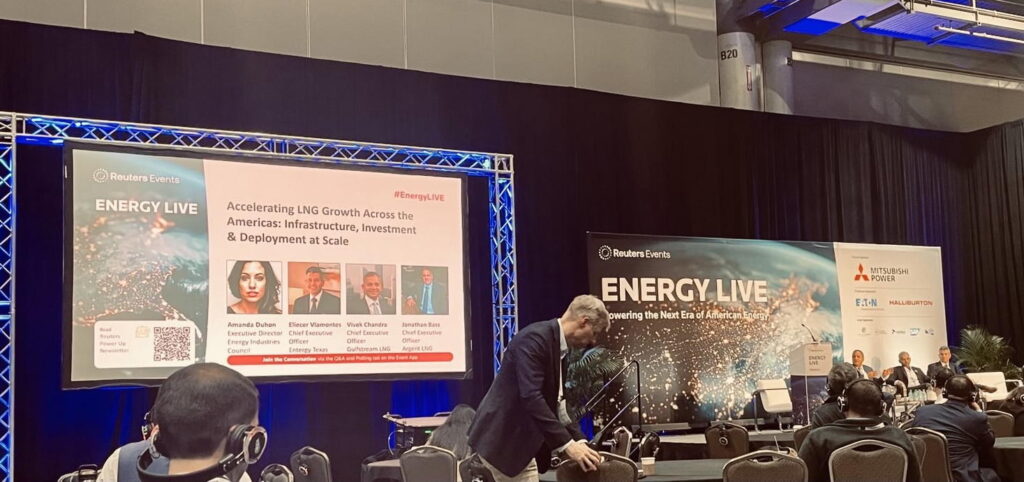Canadians you will need to brush up on those resume writing skills and sharpen your pencils because it is time to fill out your 10-page applications to get permission to send in your comments about another oil pipeline.
And as of Monday, April 15th, you have less than five days left of the 14 days the National Energy Board (NEB) allows to do it. The deadline is noon on April 19th.
The permission-to-comment application consists of 10 pages of essay-style questions that should be submitted with a resume and references to backup your claim that you have a right to participate in the Line 9 pipeline public hearings.
Enbridge’s 37-old Line 9 is being reversed to pump 300,000 bpd (barrels per day) of oil and bitumen from Alberta’s tar sands through southern Ontario and Quebec.
“Since when does someone’s resume determine if they have the right to be concerned about what’s happening in their home community?” asked Keith Stewart of Greenpeace Canada.
“Anyone who lives and works in southern Ontario could be affected by a spill and everyone is affected by climate change,” Stewart said in a statement.
Under the new rules created by the 2012 federal omnibus bill C-38 the NEB can deny Canadians their right to participate in public hearings on energy projects. Only those “directly affected” by the Line 9 project and persons with “relevant information or expertise” will be approved to participate in the hearings, even be permitted to write a letter.
Enbridge’s Line 9 crosses almost every major waterway that empties into Lake Erie and Lake Ontario. It’s often less than 10 kilometres away from Lake Ontario. Enbridge wants to reverse Line 9 to flow from Sarnia to Montreal, expand its maximum capacity from 250,000 bpd to 300,000 bpd and ship “heavy crude” such as bitumen from the Alberta tar sands through the pipeline.
Few people have heard of Line 9. It has remained in the shadows of its younger, bigger – some may say better looking – siblings: the proposed Northern Gateway and Keystone XL pipelines. More people know about Enbridge’s Line 6B – Line 9’s twin in age and design– that spilled thousands of barrels into the Kalamazoo River in 2010 than Line 9.
It remains unclear who the NEB will allow to participate. It is likely most Ontarians will not be allowed to express their views even if they’d lose their only source of drinking water from a Line 9 leak that contaminates Lake Ontario or their groundwater.
“Canadians do not have access to a venue where their concerns about the larger issues related to pipeline projects can be heard,” says Dayna Nadine Scott, associate professor at Osgoode Hall Law School.
Those permitted to speak are restricted in what they can say. The NEB will not listen to views or concerns over issues such as the expansion of the tar sands industry or the possibility that Line 9’s oil will be exported or even climate change.
“If the NEB refuses to listen to the public’s concerns such as the way it (Line 9) will fuel expansion in the tar sands and contribute to climate change, or how it will lead to more deadly air emissions from the refineries around Sarnia, Montreal or Saint John, where else are Canadians to go?” Scott told DeSmog.
“Setting restrictions on what issues people can comment on in the hearings is like telling people what they can care about.” says Maryam Adrangi, a climate and energy campaigner for the Council of Canadians.
Ontarians and Quebeckers have every right to cry foul. Until recently there has been a virtual media black out on Line 9. The NEB or Enbridge are not required to advertise in newspapers, television or radio that the application to participate form is available. To make matters more confusing Albertans were given five weeks to submit their applications on a newer and smaller pipeline (see Edmonton-Hardisty pipeline).
Minister of Natural Resources Joe Oliver made it quite clear last week the new NEB rules are “to limit the number of people who participate in the public hearings to avoid what happened in the past.”
In 2011, more than 4,300 British Columbians – a record for public participation in a regulatory process – registered to participate in the Northern Gateway hearings. The historic turnout demonstrated widespread public concern regarding the pipeline, sparking a media frenzy and ultimately forcing the NEB to delay the process on Northern Gateway by one year to accommodate this surge.
The final decision on Line 9 will be made no later than March 19, 2014, but could come as early as December 1st, 2013.
“The long and detailed application form and having to get NEB approval is going to discourage members of our community from getting involved,” says Doug Anderson, president of Ontario DurhamCLEAR, a local environmental advocacy group.
“But we have little choice in the matter. We have to protect our communities and our water despite these obstacles,” Anderson told DeSmog.
Image Credit: Environmental Defense.
Subscribe to our newsletter
Stay up to date with DeSmog news and alerts






